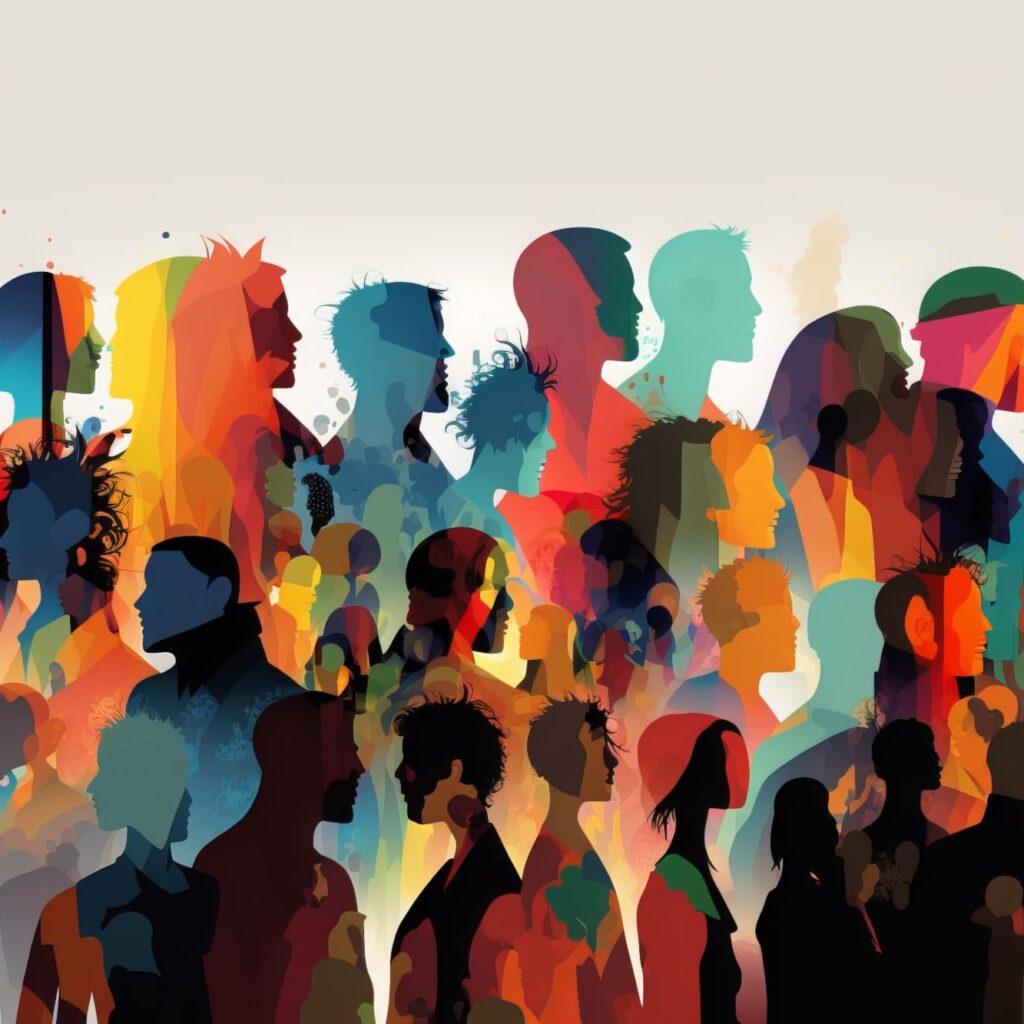Introduction
Ever found yourself admiring a beautiful piece of fashion or a catchy tune, only to wonder if it’s cultural appropriation or appreciation? It’s a common dilemma in today’s globalized world. Let’s unpack this complex debate and understand where we should draw the line.
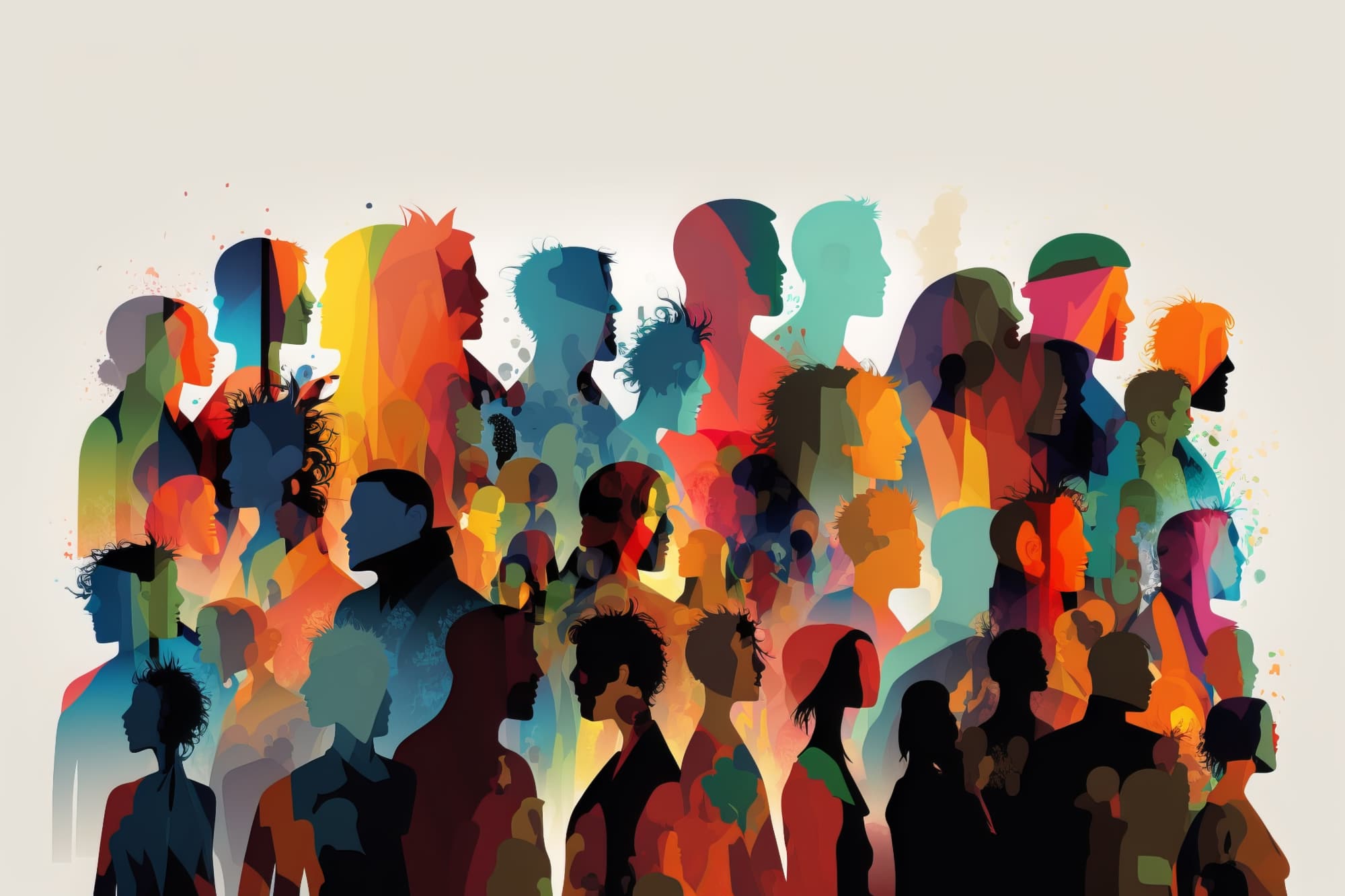
Understanding Cultural Appropriation
What is Cultural Appropriation?
Cultural appropriation occurs when someone adopts elements of a culture that’s not their own, often without permission or understanding.
Historical Context of Cultural Appropriation
Historically, cultural appropriation has roots in colonialism and power imbalances, where dominant cultures take from marginalized ones.
Defining Cultural Appreciation
What is Cultural Appreciation?
Cultural appreciation involves respecting and valuing the traditions, customs, and artifacts of another culture with a deep understanding.
The Fine Line Between Appropriation and Appreciation
The distinction lies in intent and respect. Are you honoring the culture, or are you just using its elements superficially?
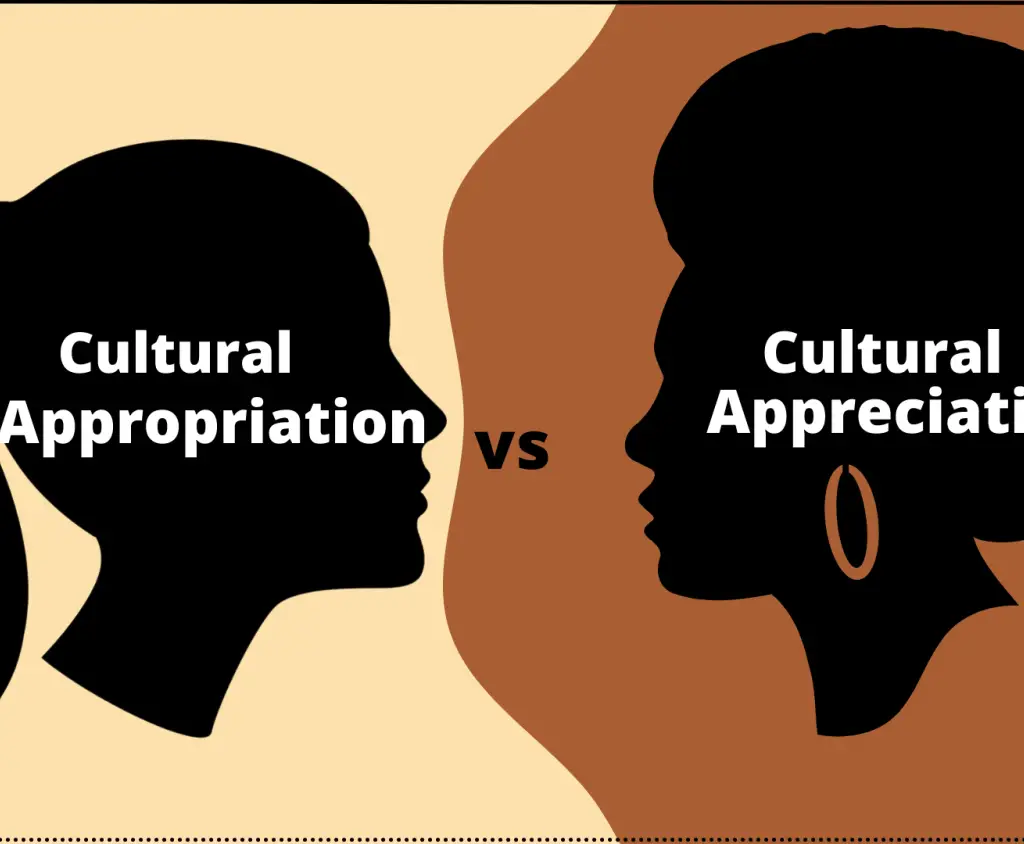
Main Characters in the Debate
Fashion and Cultural Elements
Fashion is a frequent battleground for this debate. Traditional clothing, hairstyles, and accessories often get appropriated by the fashion industry.
Art and Cultural Representation
Art borrows heavily from various cultures, but this can lead to misrepresentation if not done thoughtfully.
Music and Cultural Influences
Music is another area where the line between appropriation and appreciation can blur, especially with genres like hip-hop and reggae.
Analysis of Key Aspects
Motivation Behind the Adoption
Is the adoption of cultural elements driven by respect and understanding, or is it merely for aesthetic or commercial gain?
Relationships and Context
The relationship between the person adopting and the culture being adopted from plays a crucial role. Is there a meaningful connection?
Examples of Cultural Appropriation
Fashion Industry’s Missteps
High-profile fashion brands have faced backlash for appropriating traditional designs without giving credit to the originating cultures.
Art and Misrepresentation
Art exhibitions have sometimes displayed cultural artifacts without context, leading to a skewed understanding of the culture.
Examples of Cultural Appreciation
Collaborations with Cultural Context
Collaborations that involve members of the culture in the creative process are often seen as respectful appreciation.
Educational Endeavors
Efforts to educate oneself and others about the culture before incorporating its elements show genuine appreciation.
Crime and Haute Couture: The Most Stylish Criminals in History
The Role of Media
Media’s Influence on Perceptions
Media plays a pivotal role in shaping our understanding of cultural elements. Positive or negative portrayals can significantly impact perceptions.
Representation and Responsibility
Media has a responsibility to portray cultures accurately and respectfully, avoiding stereotypes and misrepresentations.
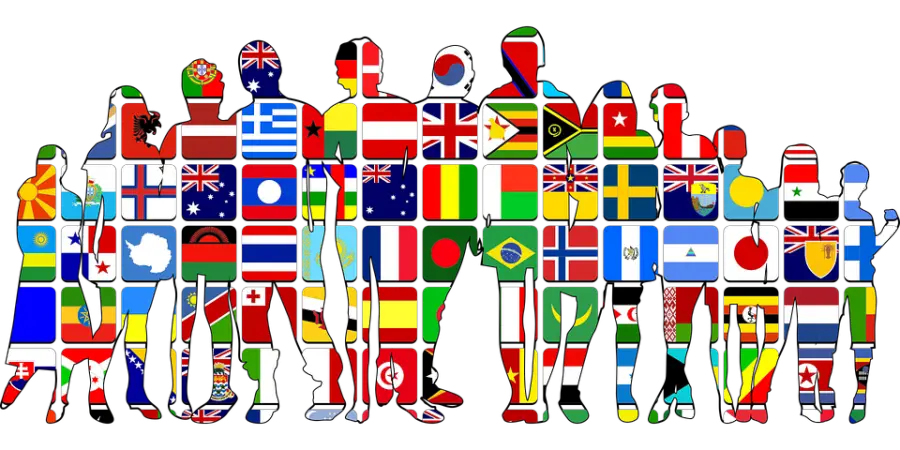
Impact on Marginalized Communities
Feelings of Erasure
When dominant cultures appropriate elements from marginalized ones, it can lead to feelings of erasure and disrespect.
Economic Implications
Appropriation often means profiting off another culture without giving back to the community, perpetuating economic disparities.
Legal and Ethical Considerations
Intellectual Property Rights
Some aspects of cultural appropriation intersect with intellectual property rights, particularly in fashion and art.
Ethical Obligations
There’s an ethical obligation to respect and honor the origins of cultural elements, ensuring they are used in a way that benefits the originating community.
The Role of Education
Educating Yourself and Others
Understanding the history and significance of cultural elements is crucial. Education can bridge the gap between appropriation and appreciation.
Schools and Cultural Sensitivity
Incorporating cultural sensitivity training in educational curriculums can help future generations appreciate rather than appropriate.
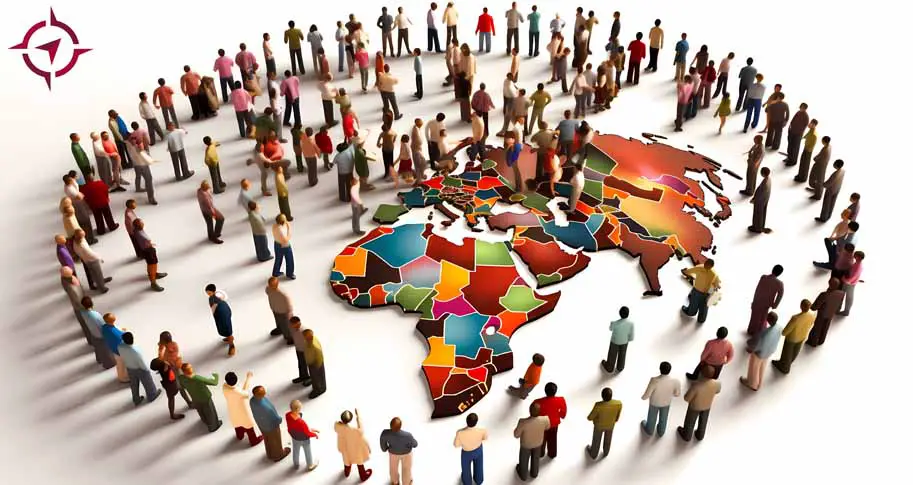
Global Perspectives
Cultural Appropriation Around the World
Different cultures have unique experiences with appropriation. In some places, cultural exchange is more accepted, while in others, it’s more contentious.
Cross-Cultural Collaborations
Global collaborations can be successful if done respectfully, with active involvement from all cultures represented.
Balancing Cultural Exchange and Appropriation
The line between cultural exchange and appropriation is often blurry. It’s a complex issue with no easy answers. However, by being mindful and respectful, we can engage with other cultures in a way that benefits everyone.
The Role of Intent
While intent isn’t a foolproof measure, it’s a starting point. If someone genuinely admires a culture and seeks to learn from it, their actions are less likely to be harmful. However, even well-intentioned actions can have negative consequences if they perpetuate stereotypes or exploit cultural elements.
The Power Dynamic
Cultural appropriation often occurs when elements from a marginalized culture are taken and used by a dominant culture. This power imbalance can lead to exploitation and misrepresentation. It’s crucial to be aware of these power dynamics and to act with humility and respect.
The Importance of Context
Understanding the historical and cultural context of the elements being used is essential. Without this context, it’s easy to misunderstand or misrepresent their significance. For example, using a sacred symbol from a particular culture as a fashion accessory can be deeply offensive.
The Role of Authenticity
When engaging with other cultures, it’s important to strive for authenticity. This means avoiding stereotypes and seeking out genuine connections with individuals from those cultures. By building authentic relationships, we can gain a deeper understanding of their culture and avoid making mistakes.
The Power of Collaboration
Collaborating with artists and creators from the cultures you’re interested in can be a powerful way to avoid appropriation and promote cultural exchange. By working together, you can create something new and meaningful that honors the source culture.
Personal Reflection
Reflecting on Cultural Experiences
Reflecting on personal experiences with different cultures can provide a deeper understanding of the importance of respect and appreciation.
The Relevance Today
In today’s globalized world, understanding the difference between appropriation and appreciation is more relevant than ever.
Conclusion
Cultural appropriation and appreciation are complex issues that require careful consideration and respect. By educating ourselves and others, we can move towards a more inclusive and respectful society.
FAQs
- What is cultural appropriation?
Cultural appropriation involves taking elements from another culture without understanding or permission, often leading to misrepresentation. - How can I ensure I’m appreciating rather than appropriating?
Educate yourself about the culture, involve members of that culture, and use elements in a way that honors their origin. - Why is cultural appropriation harmful?
It can lead to feelings of erasure, disrespect, and economic exploitation of the originating culture. - Can cultural appropriation ever be positive?
Appropriation is generally negative, but respectful cultural exchange, where all parties benefit and are acknowledged, can be positive. - How can the media play a role in this debate?
Media can help by accurately representing cultures, avoiding stereotypes, and promoting respectful cultural exchange.
